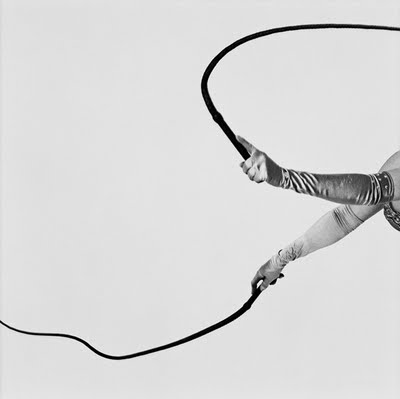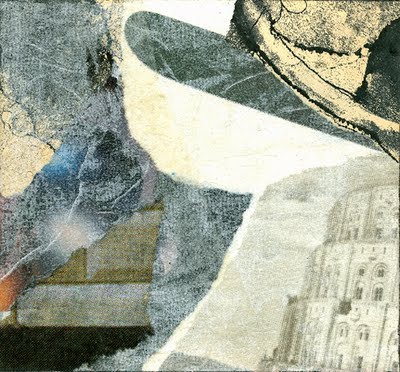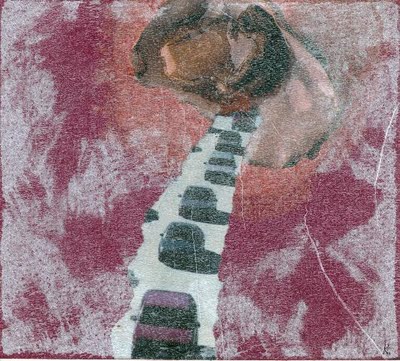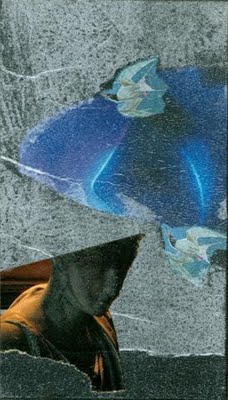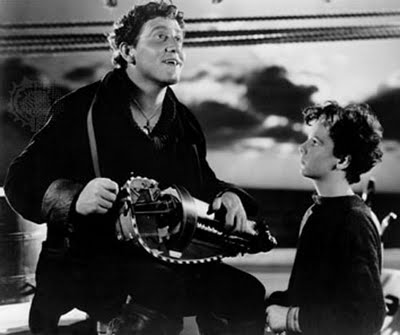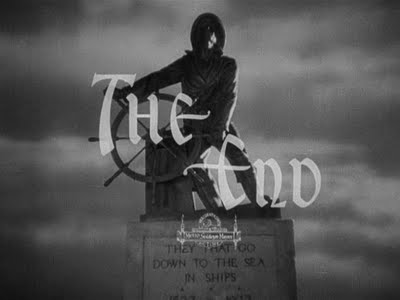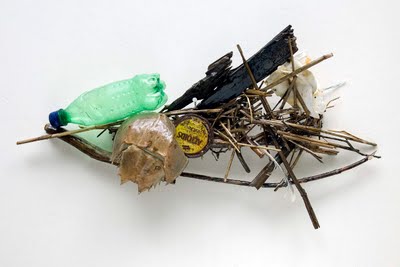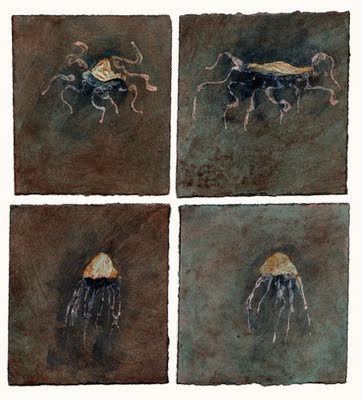
Boston photographer and longtime RISD teacher Henry Horenstein’s photos of the ‘70s and ‘80s, included gritty shots of honky tonk clubs and race track denizens. But his work has grown increasingly soft and romantic in his nudes and zoo animal photos of the past 15 years. Now comes his exhibit “Show” at
Walker Contemporary.
Over the past decade, Boston photographer Henry Horenstein has delved into the world of burlesque and drag performers in Boston, New York, LA, and New Orleans. At first, he would shoot during performances, but then, frustrated by poor lighting and bad angles, he switched to studio shots, which give the images a clean, controlled look like that of fashion photos.
Read the rest
here.
Henry Horenstein, “Show,” Walker Contemporary, 450 Harrison Ave., Boston, Jan. 22 to Feb. 27, 2010.Previously:Henry Horenstein’s photo exhibit
“Honky Tonk: Portraits of Country Music 1972-1981” at the RISD Museum in 2007.
Pictured from top to bottom: Henry Horenstein’s photos “Jackie Beat California Institute of Abnormalarts, (CIA), Los Angeles, CA,” 2007; “Violet Valentino, Jacques Cabaret, Boston, MA” 2006; “Shoes, California Institute of Abnormalarts, (CIA), Los Angeles, CA,” 2007; “Rainbow Frite, Boston, MA” 2003; “Prince Poppycock, Los Angeles, CA,” 2006; “Jess, South Boston, MA,” 2008; “Fishnets, New York Burlesque Festival, Southpaw, Brooklyn, NY,” 2005; “Dita Von Teese, Tease-O-Rama I, Shim-Sham Club, New Orleans, LA,” 2001; “Danyella de Meux, Los Angeles, CA” 2005; “Amber Ray, Los Angeles, CA,” 2005 (lips); “Amber Ray, Los Angeles, CA,” 2005 (eye).







